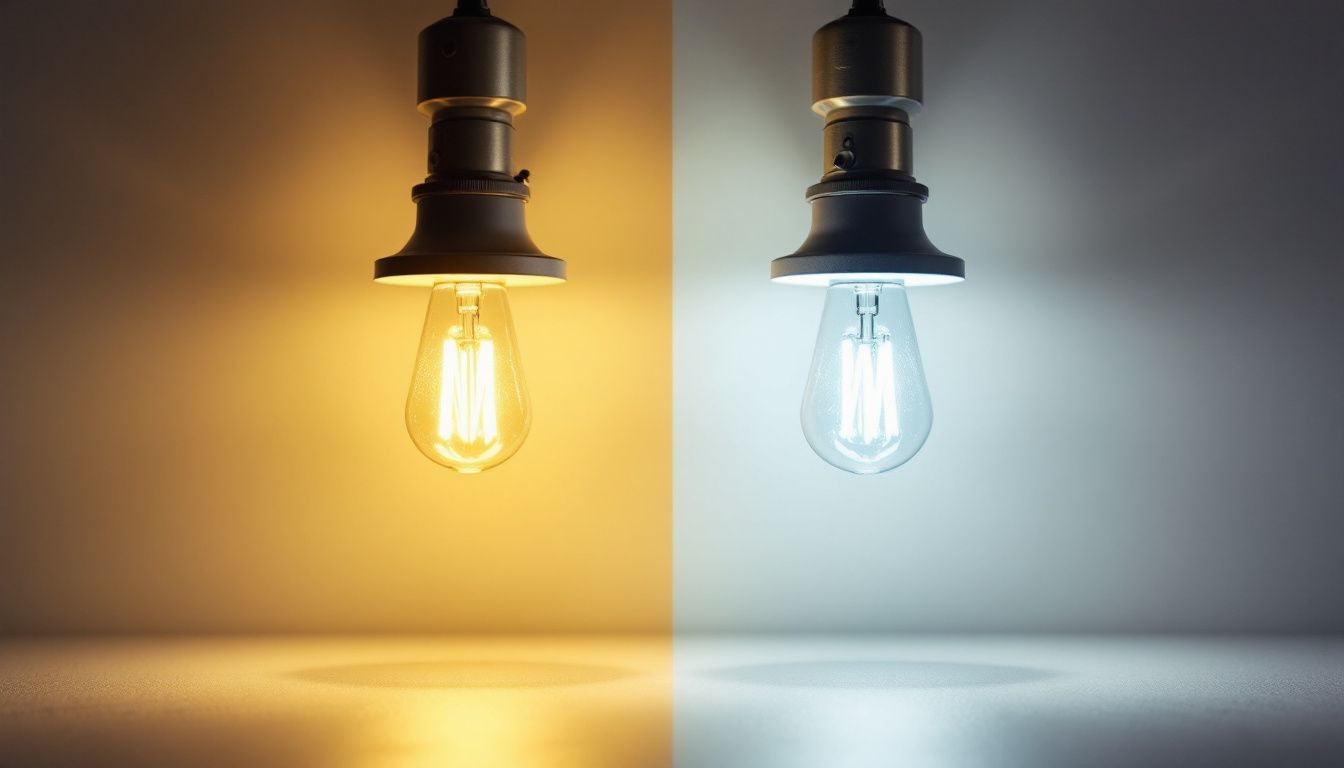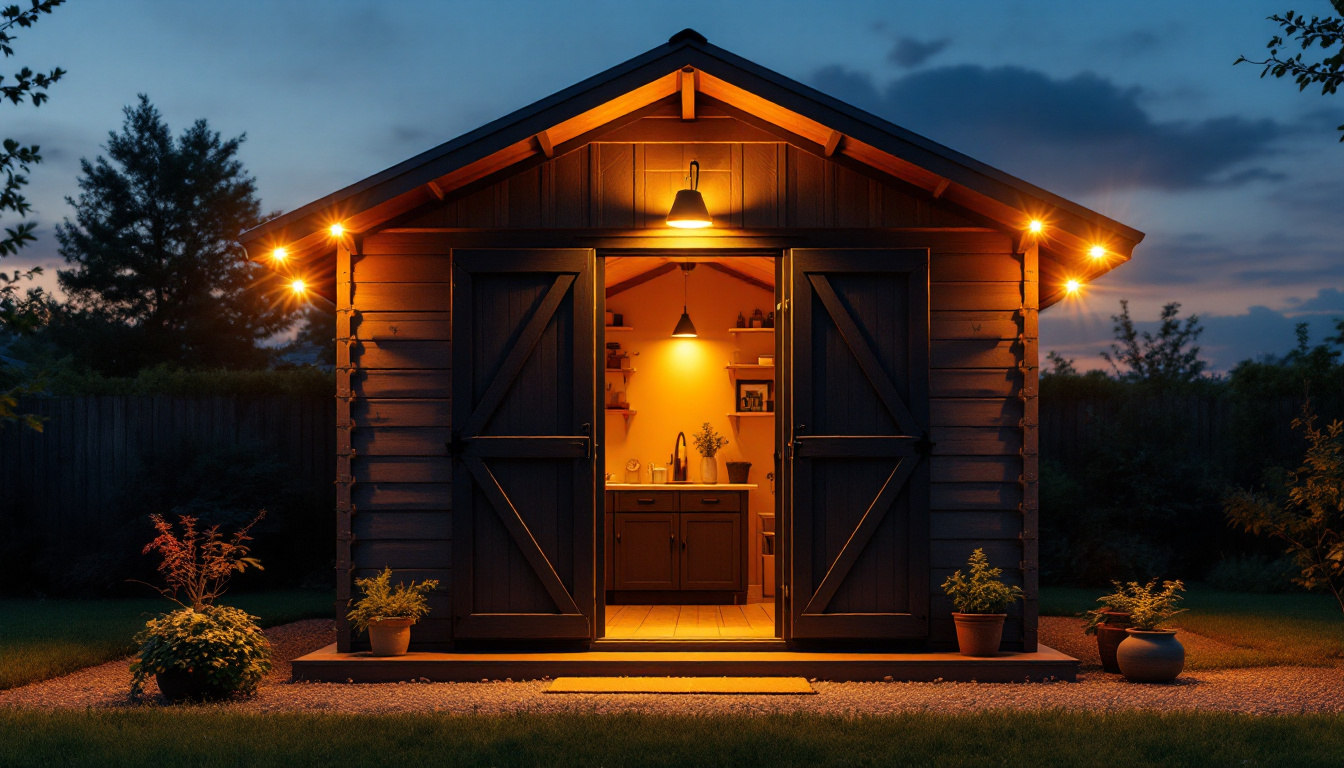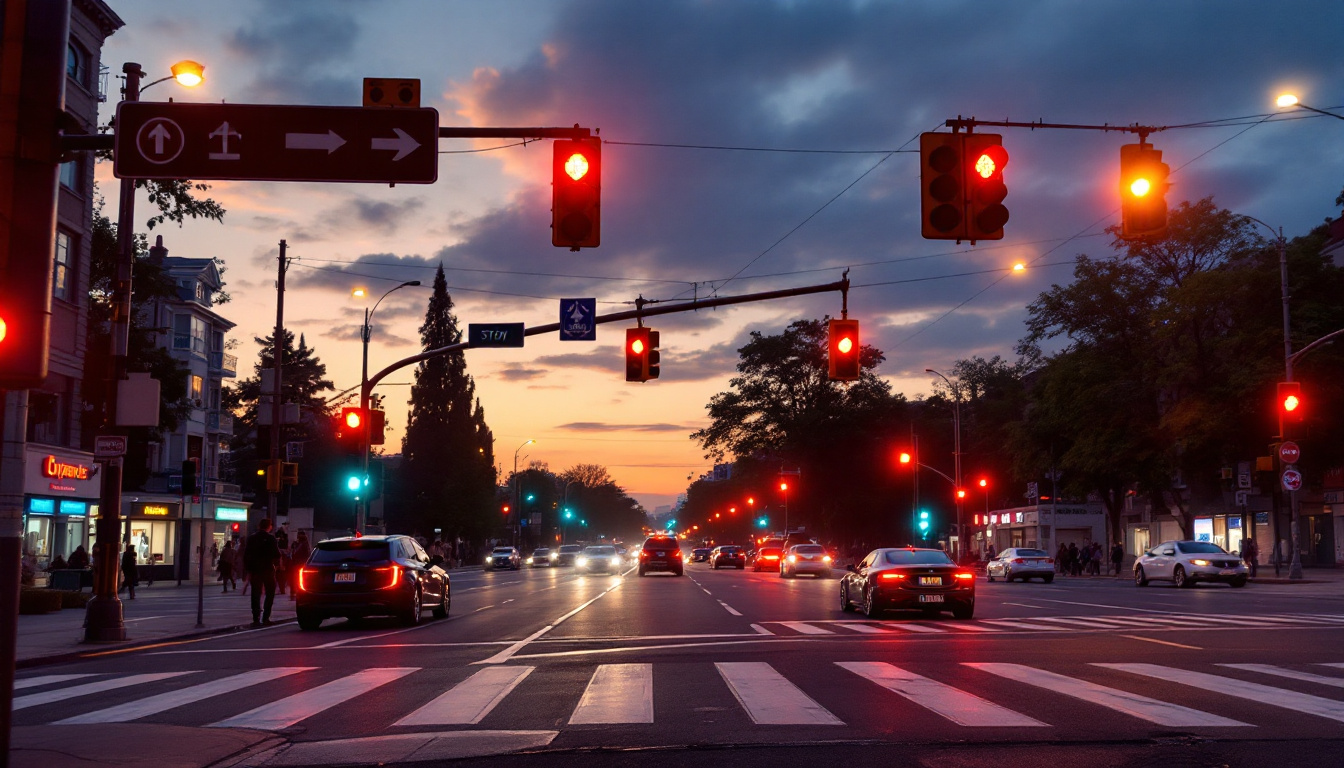
In the ever-evolving world of lighting technology, contractors are often faced with the challenge of choosing the most effective lighting solutions for their projects. Two of the most prevalent options are High-Intensity Discharge (HID) lamps and Light Emitting Diodes (LEDs). Each technology has its own set of advantages and disadvantages, and understanding these can significantly impact profitability in lighting installations.
This article explores the differences between HID lamps and LEDs, examining their efficiency, longevity, initial costs, and overall impact on profitability. By the end, lighting contractors will be better equipped to make informed decisions that align with their business goals.
HID lamps are a type of gas-discharge lamp that produces light by creating an electric arc between two electrodes in a gas-filled chamber. These lamps are known for their high luminous efficacy and are commonly used in outdoor lighting, commercial spaces, and industrial applications. The technology behind HID lamps allows for a more efficient conversion of electrical energy into visible light, making them a popular choice for various lighting needs.
There are several types of HID lamps, including Metal Halide, High-Pressure Sodium, and Mercury Vapor. Each type has its own color temperature and efficiency, making them suitable for different applications. Metal Halide lamps, for instance, are favored in sports arenas and warehouses due to their excellent color rendering capabilities, which enhance visibility and safety. High-Pressure Sodium lamps, on the other hand, are predominantly used in street lighting because of their energy efficiency and long lifespan. Despite their advantages, HID lamps also come with certain drawbacks, particularly in terms of energy consumption and maintenance, which can impact their overall cost-effectiveness in the long run.
One of the primary advantages of HID lamps is their high light output. They can produce a significant amount of lumens relative to their wattage, making them effective for illuminating large areas. This characteristic is particularly beneficial in environments such as parking lots, where bright, uniform lighting is essential for safety and security. Additionally, HID lamps have a longer lifespan compared to traditional incandescent bulbs, often lasting up to 20,000 hours, which reduces the frequency of replacements and associated costs.
Another benefit is their ability to produce a wide range of color temperatures, which can be tailored to specific lighting needs. For example, Metal Halide lamps emit a bright white light, making them ideal for retail environments, while High-Pressure Sodium lamps provide a warm yellow light, suitable for street lighting. This versatility allows for creative lighting designs that can enhance the aesthetic appeal of a space while fulfilling functional requirements. Furthermore, the high efficiency of HID lamps means they can illuminate vast areas with fewer fixtures, leading to lower installation costs in large-scale projects.
Despite their advantages, HID lamps come with several drawbacks. They require a warm-up period to reach full brightness, which can be a disadvantage in settings that require instant illumination, such as emergency exits or security lighting. This delay can lead to safety concerns in critical situations where immediate visibility is required. Furthermore, they are less energy-efficient compared to LEDs, leading to higher energy costs over time, particularly in applications where lights are used for extended periods.
Maintenance is another concern. HID lamps can be more challenging to replace, and their ballasts may require regular servicing. This can lead to increased labor costs for contractors, ultimately impacting profitability. Additionally, the disposal of HID lamps must be handled carefully due to the presence of hazardous materials, such as mercury in Mercury Vapor lamps, which can pose environmental risks if not managed properly. As the industry shifts towards more sustainable lighting solutions, the longevity and environmental impact of HID lamps are increasingly scrutinized, prompting many businesses to consider alternative options.
Light Emitting Diodes (LEDs) are semiconductor devices that emit light when an electric current passes through them. They have gained immense popularity in recent years due to their superior energy efficiency and long lifespan. LEDs are versatile and can be used in a variety of applications, from residential lighting to large-scale commercial installations.
Unlike HID lamps, LEDs do not require a warm-up period and can achieve full brightness instantly. This feature makes them particularly appealing for environments where immediate lighting is essential.
The most significant advantage of LEDs is their energy efficiency. They consume significantly less power than HID lamps while producing the same or even greater light output. This efficiency translates to lower energy bills, making LEDs a cost-effective choice for contractors and end-users alike.
Additionally, LEDs have an exceptionally long lifespan, often exceeding 50,000 hours. This longevity reduces the frequency of replacements and maintenance, which can lead to substantial savings in labor and materials over time.
While LEDs offer numerous benefits, they are not without their challenges. The initial cost of LED fixtures can be higher than that of HID lamps, which may deter some contractors from making the switch. However, this upfront investment is often offset by the long-term savings in energy and maintenance.
Another concern is the quality of light. Some contractors may find that certain LED products do not provide the same color rendering as HID lamps, which can be a critical factor in applications such as retail or art galleries. However, advancements in LED technology are continuously improving light quality.
Energy efficiency is a crucial factor when evaluating HID lamps and LEDs. HID lamps typically have a luminous efficacy of around 75-100 lumens per watt, while modern LEDs can achieve efficiencies of 100-200 lumens per watt or more. This stark difference means that switching to LEDs can result in significant energy savings, reducing operational costs for end-users.
For contractors, promoting energy-efficient solutions can enhance their reputation and attract environmentally-conscious clients. Additionally, many regions offer incentives and rebates for energy-efficient installations, further increasing the profitability of LED projects.
Initial costs are often a deciding factor for contractors when choosing between HID and LED lighting solutions. HID fixtures may have a lower upfront cost, but the long-term savings associated with LEDs can outweigh this initial investment. The lower energy consumption and reduced maintenance requirements of LEDs can lead to a quicker return on investment.
Contractors should consider the total cost of ownership when evaluating lighting options. While HID lamps may seem more affordable initially, the cumulative costs of energy and maintenance can make LEDs the more economically viable option over time.
Installation and maintenance are critical aspects that can influence profitability. HID lamps typically require more complex installation due to their ballasts and wiring configurations. This complexity can lead to higher labor costs for contractors, impacting overall profitability.
In contrast, LED installations are often more straightforward, allowing for quicker setups and reduced labor costs. Additionally, the longer lifespan of LEDs means that contractors will spend less time on replacements and maintenance, freeing them up to take on more projects.
When selecting between HID and LED technology, contractors should consider the specific needs of each project. Factors such as the type of space, required light levels, and client preferences will play a significant role in the decision-making process.
For outdoor and industrial applications where high light output is essential, HID lamps may still be a viable option. However, for most commercial and residential applications, LEDs are increasingly becoming the preferred choice due to their energy efficiency and long lifespan.
Education is key to maximizing profitability. Contractors should take the time to educate their clients about the benefits of LED technology, including energy savings, reduced maintenance, and environmental impact. By providing clients with comprehensive information, contractors can help them make informed decisions that align with their budget and lighting needs.
Additionally, showcasing successful LED projects can serve as a powerful marketing tool. Testimonials and case studies can illustrate the long-term benefits of LED installations, helping to build trust and credibility with potential clients.
Many regions offer financial incentives and rebates for energy-efficient lighting installations. Contractors should stay informed about these programs and leverage them to enhance their profitability. By incorporating these incentives into project proposals, contractors can reduce the overall cost for clients, making LED solutions more attractive.
Furthermore, taking advantage of these programs can position contractors as leaders in energy-efficient solutions, attracting more clients who are interested in sustainability and cost savings.
In the debate between HID lamps and LEDs, it is clear that both technologies have their place in the lighting industry. However, for most applications, LEDs offer superior energy efficiency, longer lifespan, and lower maintenance costs, making them a more profitable choice for contractors.
By understanding the strengths and weaknesses of each technology, lighting contractors can make informed decisions that align with their business goals. Educating clients, leveraging incentives, and choosing the right technology for each project are essential strategies for maximizing profitability in lighting installations.
As the lighting industry continues to evolve, staying informed about new technologies and trends will be crucial for contractors looking to maintain a competitive edge. Embracing energy-efficient solutions not only benefits the bottom line but also contributes to a more sustainable future.
Ready to enhance your lighting installations with the most cost-effective and energy-efficient solutions? Look no further than LumenWholesale. Our commitment to empowering contractors with spec-grade lighting products at unbeatable wholesale prices ensures that you can maximize profitability without sacrificing quality. With our extensive selection that meets the highest industry standards, you’ll find the perfect lighting for any project. Plus, with the convenience of free shipping on bulk orders, you get the premium lighting you need at the best value — all without hidden fees or compromises. Elevate your lighting game and experience the best in wholesale lighting with LumenWholesale today.

Discover expert insights on solar lighting for sheds with quick tips from lighting contractors.

Discover the intricate workings of stop lights and learn how lighting contractors can master their installation and maintenance.

Discover the essential checklist for lighting contractors when selecting outdoor motion sensor flood lights.

Discover essential insights into outdoor electrical boxes that every lighting contractor should know.